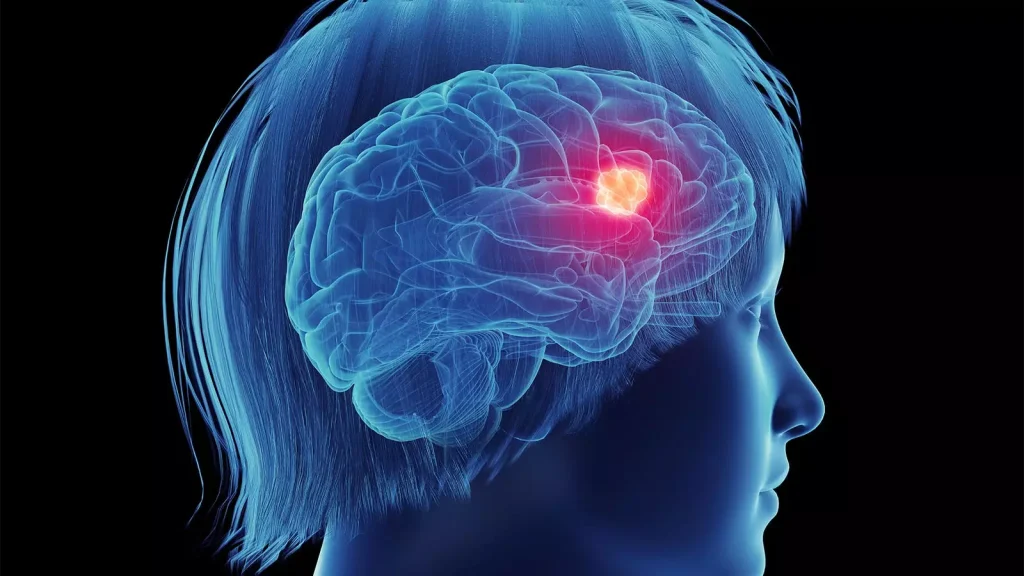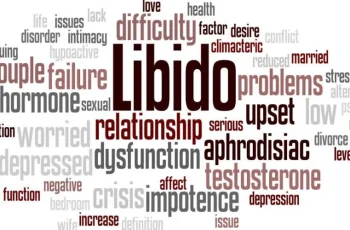The relationship between postmenopausal hormone therapy (HT) and glioma risk, a rare brain cancer, has been extensively studied, with recent findings from a large retrospective analysis of 75,335 women indicating that HT does not significantly increase glioma risk. This study found only a modest, 16% non-significant increase in hazard ratio among women with a history of HT. Despite initial concerns, there was no strong evidence linking current or former HT use or its duration to glioma development. Some associations were noted among specific demographics, particularly college-educated women, but these did not reach statistical significance.

Dr. Hui Tang and the research team highlighted that previous studies have shown ambiguous results, possibly due to recall bias and the lack of differentiation between HT components. The current findings align with earlier prospective studies that also found a non-significant relationship between HT and glioma risk, suggesting a need for larger studies focusing on specific HT components and cumulative usage duration.
Dr. Stephanie Faubion from the Mayo Clinic pointed out that other tumor types, such as meningiomas, which predominantly affect women, require further investigation in the context of HT. Data from the Prostate, Lung, Colorectal, and Ovarian Cancer Screening Trial (PLCO) revealed no significant correlation between HT and glioma incidence, reinforcing earlier findings.
The analysis suggests that socio-economic factors, such as education, may influence disease prevalence, warranting further exploration. Dr. Faubion emphasized the complexity of hormonal influences on glioma and other diseases, advocating for a holistic approach that considers biological, environmental, and lifestyle factors.
Overall, while recent findings suggest no significant link between HT and glioma risk, the disparities in disease prevalence highlight the need for continued research into sex-based differences in cancer incidence and treatment approaches. An interdisciplinary approach integrating genetic, environmental, and social data is essential for advancing women’s health research.




